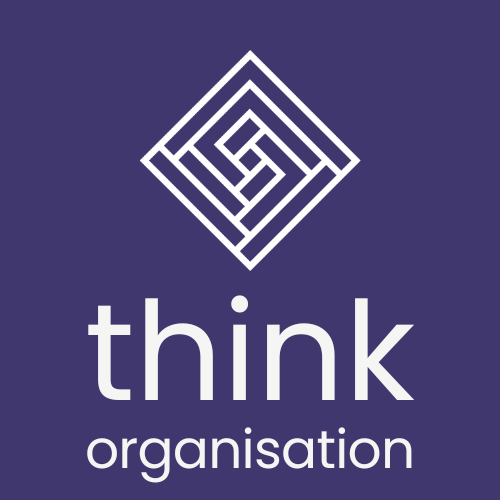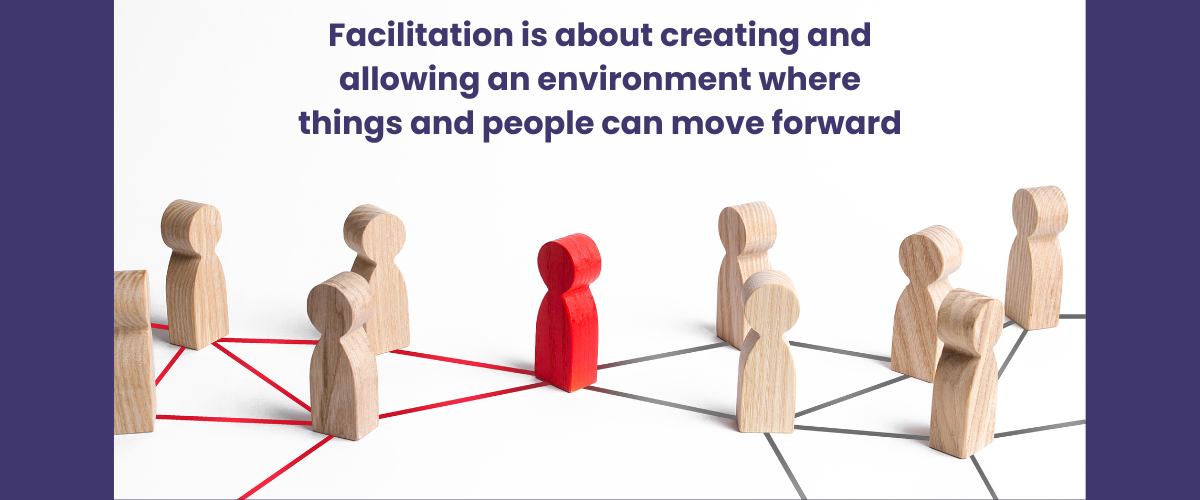Boardroom and power dynamics are complex and crucial for the success of any organisation.
Yet many people struggle to understand the realities of boardroom dynamics.
Boardroom dynamics refer to how people on the board interact with each other. They are about how individuals perceive each other. Effective boardroom dynamics are key to ensuring diversity of thought, challenge, and the appropriate level of governance.
Psychology in the Boardroom
Understanding the psychology, which is the science of human behaviour, of how individuals, groups and leaders around a board interact is key. Often people say one thing, but in reality they think another.
All of these, and more, influence and impact the power dynamics in a boardroom: power dynamics; personality; social groups; personal relationships; expertise and experience.
Understanding of boardroom dynamics is built on understanding the psychology of power. How individuals navigate influence, control, and utilise authority within their environment hugely impacts the effectiveness of the dynamics in the boardroom.
In reality, there are different types of power. Many people are unaware of this but it is important for people, especially leaders, to understand these different types. In the boardroom you can often see different types of power interacting, some are positive, others are negative and some have both attributes.
Power Dynamics
Coercive Power
Coercive power is the ability to force someone to comply through fear of punishment or negative consequences. This can sometimes be linked to informational power, which is the ability to control access to important information. This is especially common in the boardroom where information, fear and pressure are strong. There may be individuals who are not included in conversations, or don’t ‘hear’ bits of information which means they can lose power in their ability to make suggestions, or decisions.
Legitimate Power
One power everyone will have on the board is legitimate power over the rest of the organisation. This is power derived from a formal position of authority. As named Directors, and the fact they are in the boardroom, means people have legitimate power. Hierarchies in organisations outline who has legitimate power over who, however that doesn’t always translate into actual power. Power is the ability to directly, or indirectly, influence something or someone. This could be the behaviour of others, or the strategy of the organisation. Just because people are on the board does not mean, necessarily, that they can influence strategy – although they should be able to!
Expert Power
Power can often be based on perception of knowledge, skills, or expertise in a particular area – expert power. Often this is assumed when leaders are higher up in the organisation, but we frequently find that the people nearer the tasks are the true experts in what they are doing as they know the detail. The expert power of board members is more leadership, horizon planning and bringing the whole organisation together.
Referent Power
The one power which many people tend to aspire to, but often struggle to achieve, is referent power. This is power bestowed by others and arises from admiration or respect for someone. A person gains this by others wanting to follow or be associated with the individual. It is not something which can be bought, or coerced. Think about your organisation – does anyone have referent power in it?
Reward Power
Many people have reward power in organisations – which is highly extrinsic. This is the ability of people, usually higher up in the organisation, to offer rewards, or exchange compliance for positive outcomes. This is a very transactional power. The renumeration package organisations offer is reward power. Which is why performance-related pay is so often rolled out in the hope of improving motivation levels, productivity or quality.
Unlike referent power, which is much more intrinsic, reward power can lose its potency. It can also be moved from people as someone else gains the ability to offer rewards. Many leaders in history show how they used reward power, but when it came to it, another leader could entice their followers away. Whereas, some of the inspirational leaders of our past have achieved referent power. Gandhi, Mother Theresa, Martin Luther King – each of these individuals inspired referent power as people chose to follow them. In some cases, to the detriment of themselves.
Here are some questions to help you understand which power leaders exert in your organisation or community.
- What motivates people to follow this leader?
- If it’s because they admire and respect them, the leader likely has referent power.
- If it’s due to fear of consequences, they probably have coercive power.
- How does this leader influence decisions?
- If they provide rewards like promotions or bonuses, they have reward power.
- If they rely on their position or formal authority, they have legitimate power.
- How often do they rely on their expertise or knowledge to gain influence?
- If their credibility comes from their skills or experience, they likely have expert power.
- Do they control access to key information or resources?
- If people depend on them for critical knowledge, they hold informational power.
- Would this leader still have influence without their job title?
- If yes, their power comes from personal qualities (referent or expert power).
- If no, their power is more likely legitimate, coercive, or reward-based.
Whilst it is often difficult to understand where power comes from, and varies based on individual perceptions, the reason these questions are important is because of the link between behaviour and power.
Behaviour & Power
When people gain power, through whatever means research and history show they become less empathetic, more risk-taking and the majority become more self-serving which can alienate others.
Having power allows people to perceive themselves differently from those without it, which inevitably leads to changes in their behaviour. The ‘true’ information people in power hear is often more diluted as individuals adapt what they say, and how they behave in the wake of the power differential. Have you ever felt uncomfortable when a police car drives past? Even when you know you have done nothing wrong.
Powerful individuals take more control in conversations, with people looking to them to lead the conversations and decisions. This is more common with coercive, reward, legitimate or expert power. Depending on the individual with the power, referent power can inspire others to follow, when in reality they have the same power. It is only by the masses’ decision to follow someone that they gain power.
This video is an amazing example of leadership and the power of followers to choose to follow someone – Dancing Man Leading.



